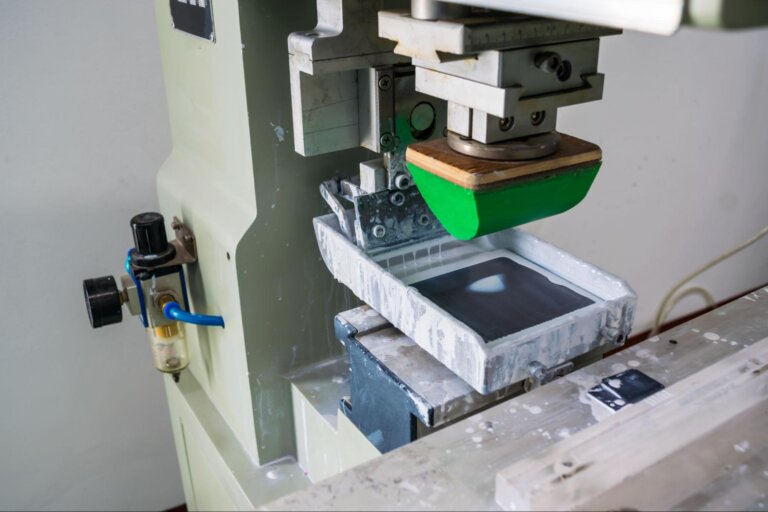Time to read: 9 min
Balance is important when you’re CNC machining parts — you can break things if your balance is off.
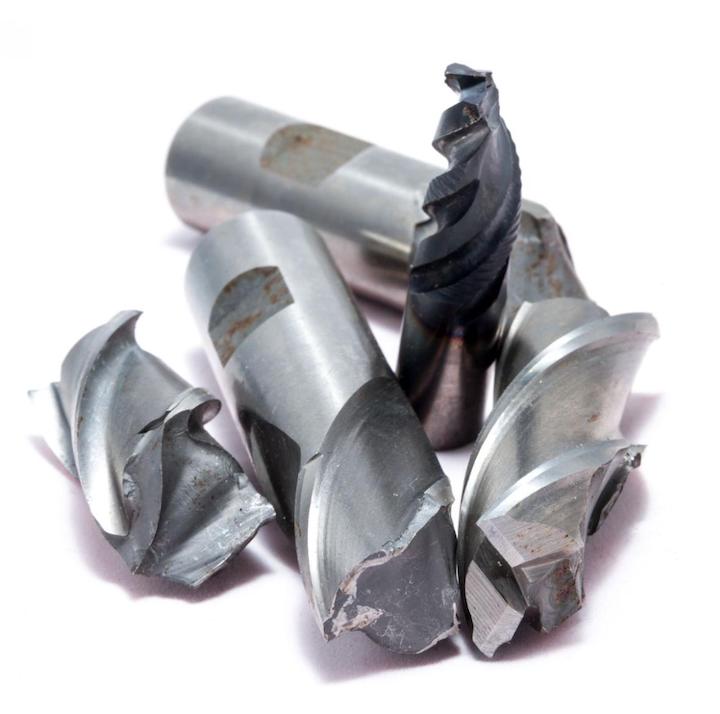
Balancing tools for CNC machinery, or “tool balancing”:
- Is a critical aspect of tool maintenance that is often overlooked or done incorrectly.
- Helps to avoid a range of problems, including machine oscillation and increased wear, which can cause discomfort and irritation for users and potentially affect the surrounding area.
- Is necessary when there is a misalignment between the center of rotation of a machine component and its center of gravity.
- Ensures the concentricity of the centers of mass and rotation.
This article will discuss how tool balancing works, its process, the common tool balancing standards, the importance of tool balancing, and the considerations to take.
Why Should You Balance CNC Tools?
You should balance your tools for increased tool life, better surface finish and a better cutting experience. There is some science behind tool balancing; here’s a quick refresher on the governing principles of a rotating body and why you should consider these when balancing CNC tooling:
The Science Behind Tool Balance Based on Rotational Equilibrium
Rotational equilibrium allows a CNC tool to be balanced. Rotational equilibrium is achieved when there is a constant angular momentum, which means that the sum of all the torque acting on an object is zero.

Rotational equilibrium: L = constant
Where L = angular momentum
Remember that angular momentum is defined as the following:
L = Ι * ωSo, it’s easy to see that a change in the moment of inertia of a tool will result in a change in linear momentum, meaning the linear momentum is no longer constant; therefore rotational equilibrium is not achieved and the tool is no longer balanced.
What Does Angular Momentum Have to Do With Tool Balancing?
When a tool is designed, the inertia is calculated to be the most efficient and effective for material removal. As the tool wears, the inertia changes based on the change in the tool’s geometry; therefore, angular momentum is not constant. So, the tool must be properly balanced to compensate for this change.
Furthermore, unbalance becomes more detrimental at higher speeds. A balanced tool can operate reliably and precisely at high RPM. But, an unbalanced tool will wobble more and cause machining defects at high speeds.
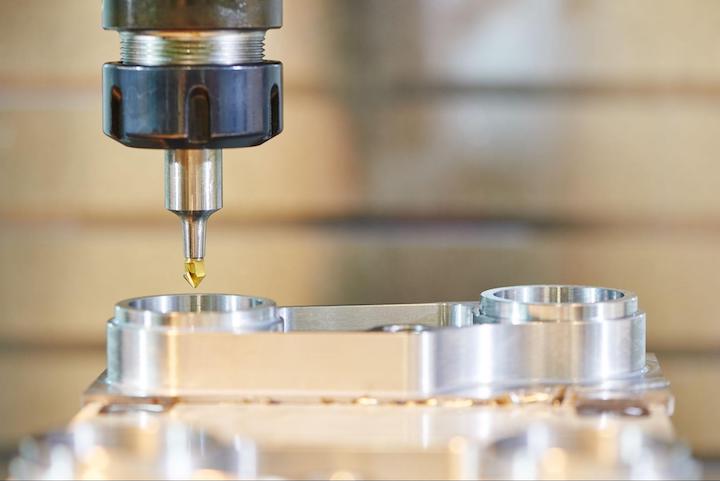
How Does Tool Balancing Work?
To counteract the change in angular momentum or the change in the moment of inertia for a worn tool, tool balancing (and therefore a balance of the moment of inertia) can be accomplished through three methods:
- Weight Addition: One approach involves adding weight to the tool holder by inserting screws into pre-drilled spots. By strategically placing these screws, the balance of the tool can be adjusted to minimize imbalance.
- Balancing Rings: Another method involves using balancing rings. These rings have specific weights and are placed over the tool holder to correct any existing imbalance. The placement and selection of the balancing rings depend on the specific tool and its balance requirements.
- Destructive Techniques: In certain cases, balancing can be achieved through destructive means. This approach involves milling or drilling small amounts of material from the tool holder to achieve the desired balance. Careful precision is necessary to ensure the tool holder remains structurally intact while addressing the imbalance.
These three methods provide different options for achieving tool balance, allowing for customization based on the specific tool and its balancing requirements. The choice of method depends on factors such as the type of tool, the extent of imbalance, and the desired level of precision.
What Is the Tool Balancing Process?
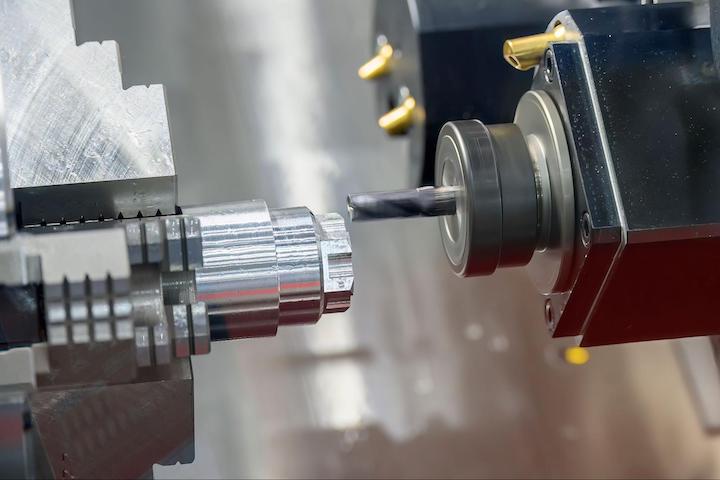
The tool balancing process involves several steps to balance a tool properly:
- Clean the tool and the balancing equipment to remove any debris or contaminants that could affect the accuracy of the balancing process. Ensure that the balancing machine is calibrated and in proper working condition.
- Securely mount the tool on the balancing machine. The tool should be positioned in a way that allows for easy access and measurement of its balance.
- Start the balancing machine and let it spin the tool at the desired speed. The machine will measure the amount and location of the tool’s unbalance. The measurement can be done through various methods, such as vibration, accelerometers, or laser displacement sensors.
- Analyze the measurement results to determine the magnitude and distribution of the unbalance. This information helps identify the corrective actions needed to achieve proper balance. Some machines are programmed to give you a laser-marked line of where your imbalance is and also to display the magnitude of the imbalance. Also, these machines can tell the operator whether the material should be added or removed at a certain spot.
- Apply the appropriate corrective measures to balance the tool. This can involve several techniques, including weight, material removal, and balancing rings or screws.
- After applying the corrective measures, re-measure the tool’s balance to verify if the desired balance has been achieved. This step ensures the effectiveness of the correction process.
- Fine-tune the balance if necessary. Minor adjustments may be needed to achieve the desired level of balance.
- Validate the balance of the tool through additional tests or inspections to ensure it meets the required specifications or standards.
Tips for Balancing Tools
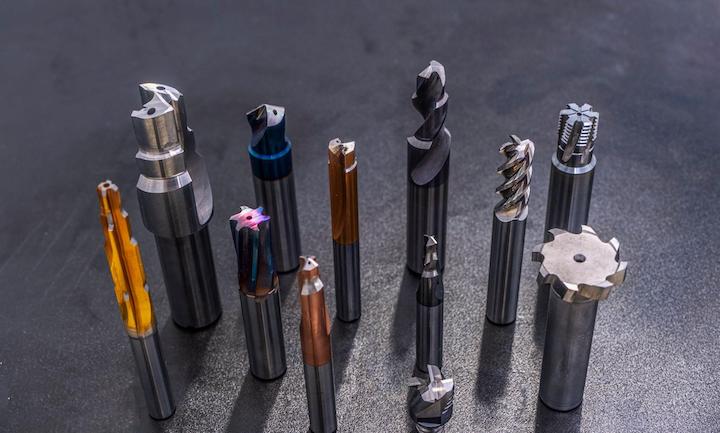
Here are five tips for balancing machine tools:
- Assess the Machine’s Condition: Before starting the balancing process, ensure that the machine and tools are clean and debris-free. Run the machine at its maximum RPM until the motor and spindle temperature stabilizes. Use an infrared thermometer to identify any hot spots that could indicate potential issues. Conduct a balanced assessment using suitable tools while the machine is in both cold and warmed-up conditions. This evaluation will enable you to determine the machine’s current balance state and assess the condition of its bearings, motors, and lubrication.
- Use Suitable Tool Balancing Equipment: It’s crucial to have the right equipment for tool balancing. This includes proper balance assessment tools, weights, screws, and shims, if necessary. Familiarize yourself with the procedures involved and gain experience in using the equipment. Conduct multiple tests to ensure consistent and correlated results. If there are any discrepancies, carefully identify the variable causing the inconsistency.
- Measure the Level of Imbalance: Accurately measure the extent of imbalance to plan the corrective measures effectively. While static balancing may suit certain equipment with large rotating masses and diameters, machine tools typically require precision accelerometer systems. Consider the possibility of gross displacement rather than fine balance. Look for opportunities to reposition drives that may have shifted and examine motor clamping arrangements for potential adjustments. Correcting the imbalance may involve removing or adding bolted or adhesive-mounted weights, repositioning the tool within the machine, or adjusting elements of the machine itself. Repeat until the tool or machine is balanced within the desired tolerance.
- Calibrate Balance Equipment: Regularly calibrate your balance equipment to maintain accuracy and reliability throughout the balancing process. Continuously improve your skills to enhance the quality of balancing. Using faulty equipment or being unfamiliar with the procedures can result in poor balancing, leading to quality issues and accelerated machine wear.
- Seek Professional Assistance: If you encounter complex balancing issues or if you are unsure about the balancing process, it is advisable to seek assistance from professionals or experts in the field. They possess the necessary knowledge, experience, and specialized equipment to assess and balance machine tools accurately. They can provide valuable guidance and recommendations and adjust to achieve optimal balance.
Check out this video where the Titans of CNC team utilizes a really neat machine to scan and calculate exactly where and how much weight to add to a CNC machine toolholder for balancing:
What Are Some Common Tool Balancing Standards?
Several common tool-balancing standards are widely used in various industries. These standards provide guidelines and specifications for achieving proper tool balancing. Some examples are:
- ISO 21940-11: ISO 21940-11 specifies the balance quality requirements for rigid rotating machinery. It defines the permissible levels of residual unbalance for different types of machinery and their maximum operational speed, including tools. The level of potential damage is directly proportional to the Balancing Quality Grade. Higher Balancing Quality Grades, represented by larger G numbers, correspond to increased structural stress and a greater likelihood of damage.
- ISO 14694: ISO 14694 outlines the methods and requirements for balancing flexible rotors with a maximum speed of 15,000 rpm. It encompasses both static and dynamic balancing techniques.
- ANSI S2.19: ANSI S2.19 provides detailed procedures for balancing and guides the measurement of unbalance and the subsequent correction process.
- BS 6861-1: This document consists of multiple sections that cover different aspects related to mechanical vibration and balance quality requirements for rigid rotors. In Part 1, the focus is on the determination of permissible residual unbalance. Part 2 of the document delves into balance errors associated with mechanical vibration.
- ISO 16084: ISO 16084 specifies the permissible levels of unbalance for different types of cutting tools, such as solid tools, indexable inserts, and tool holders. The standard includes balancing requirements for both static and dynamic balancing.
How Often Should Machine Tools Be Balanced?
The frequency of machine tool balancing depends on various factors, including the type of machine, the intensity of use, and the industry’s specific requirements. While there is no one-size-fits-all answer, here are some general considerations:
- Manufacturer recommendations
- Regular maintenance schedule
- The machine tool’s performance in vibration, precision, and signs of wear
- Operational changes
- Reactive balancing
What Considerations Should Be Taken When Tool Balancing?
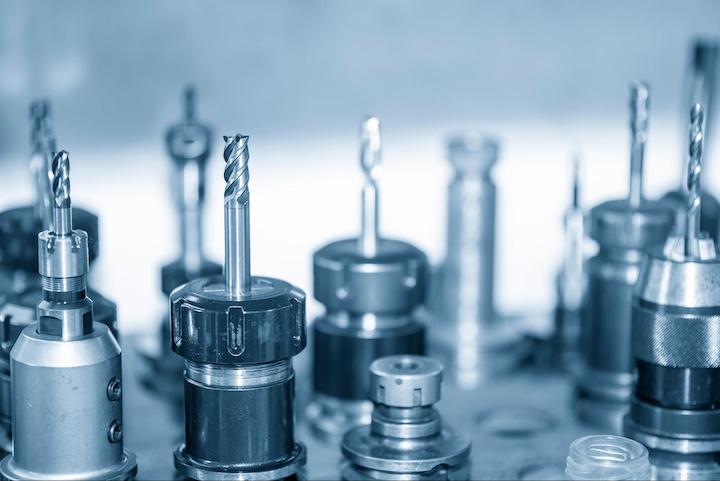
Several considerations should be considered when balancing tools:
- Spindle Speed: As spindle speeds increase, the potential for adverse effects due to vibration also increases. Balancing becomes critical as spindle speeds rise, and above 15,000 rpm, balanceable tool holders are typically required.
- Type of Toolholders: There are two main types of tool holders: balanced and balanceable. Balanced tool holders are pre-balanced at the factory and can suffice for small and simple tools like end mills and drills. On the other hand, balanceable tool holders allow for easy mass adjustment without drilling or grinding. These tool holders enable the tool and tool holder assembly to be rebalanced whenever the tool is changed.
- Unbalance Types: There are three types of unbalance that affect tool holders: couple unbalance, static unbalance, and dynamic unbalance. Static unbalance refers to the displacement of the principal inertia axis parallel to the axis of rotation. Couple unbalances occur when two equal unbalance masses are positioned precisely 180 degrees apart. Dynamic unbalance is a combination of static and couple unbalance.
- Balancing Tolerance: Balancing machines use ISO Quality Grades to determine the balance tolerance. The tolerance calculation considers factors such as the weight of the tool/tool holder and the service speed. ISO Quality Grade G2.5 is commonly used, but other grades like G6.3 may be recommended.
- Balancing Machine Selection: When selecting a balancing machine, consider the range of your application and determine whether single-plane or two-plane balancing is needed. While many tool-holder balancing requirements are single-plane, it’s recommended to opt for a two-plane machine for future flexibility. Look for machines that use “hard bearing” technology, meaning they are permanently calibrated from the factory and do not require calibration for every tool holder. The machine should also have user-friendly controls and operating procedures to ensure ease of use.
In conclusion, tool balancing is a critical aspect of optimizing machining processes and ensuring the longevity of machine tools. By implementing effective tool balancing techniques, operators can unlock the full potential of their machine tools, protect their investments, and reduce machining costs.
Fictiv: Sourcing Simplified
We’re your operating system for custom manufacturing that makes part procurement faster, easier, and more efficient. Our incredibly skilled machinists can deliver CNC-machined parts as fast as two days! Create an account and easily upload your design to see what our instant online CNC quote process, design for manufacturability feedback, and intelligent platform can do for you.









